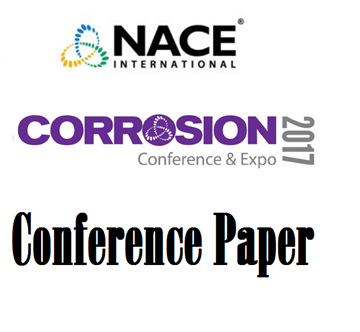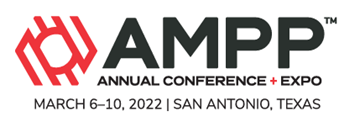Search
Products tagged with 'hydrocarbons'
View as
Sort by
Display
per page
Application of Raman Spectroscopy for Hydrocarbons Characterization
Product Number:
51317--9145-SG
ISBN:
9145 2017 CP
Publication Date:
2017
$20.00
Mitigation Of CRU Heater Tube Carburization By Modified High Heat Transfer Ceramic Cladding Materials
Product Number:
51322-17831-SG
Publication Date:
2022
$20.00
Predicting Corrosion of Successive Feeds in Distilling Units - An Experimental Approach
Product Number:
51324-20668-SG
Publication Date:
2024
$40.00



